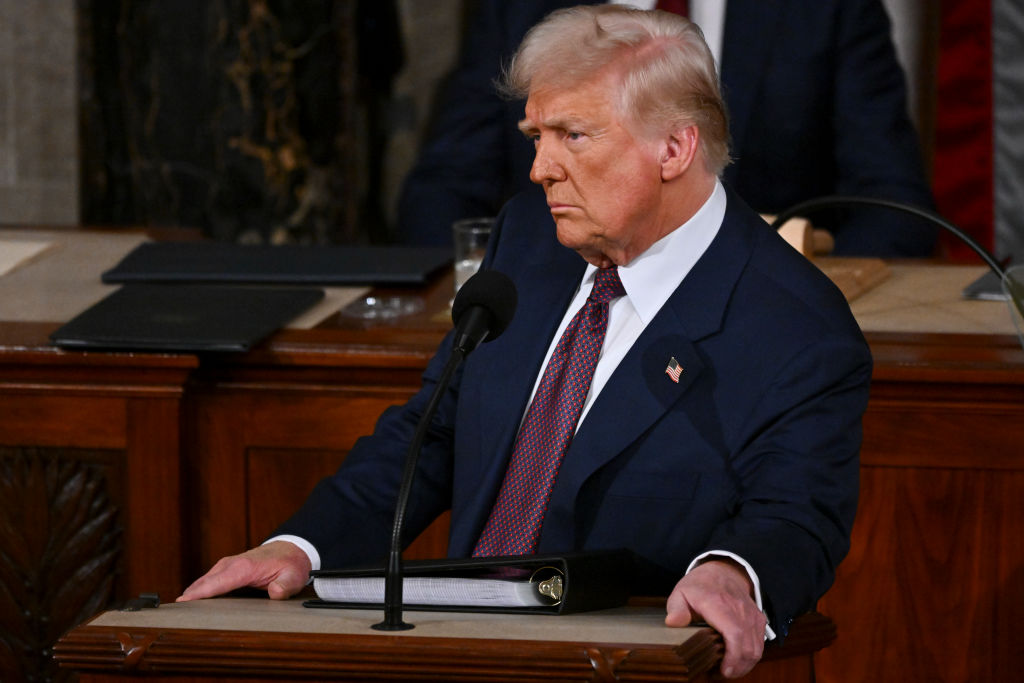Kiplinger Housing Outlook: 2026 Marks a Critical Turning Point for the Market
The housing market is in the doldrums but subtle shifts are finally on the way.

Kiplinger’s Economic Outlooks are written by the staff of our weekly Kiplinger Letter and are unavailable elsewhere. Click here for a free issue of The Kiplinger Letter or to subscribe for the latest trends and forecasts from our highly experienced Kiplinger Letter team.
Increases in home prices continue to ease amid high mortgage rates. The S&P Cotality Case-Shiller U.S. National Home Price Index,
Elevated mortgage rates are the top problem weighing on home sales and affordability this year, along with limited inventory and soaring prices. After sitting around 7% at the start of 2025, the 30-year fixed-rate mortgage now averages 6.2%.
From just $107.88 $24.99 for Kiplinger Personal Finance
Become a smarter, better informed investor. Subscribe from just $107.88 $24.99, plus get up to 4 Special Issues

Sign up for Kiplinger’s Free Newsletters
Profit and prosper with the best of expert advice on investing, taxes, retirement, personal finance and more - straight to your e-mail.
Profit and prosper with the best of expert advice - straight to your e-mail.
Meanwhile, surging home insurance costs and property taxes have shot up, offsetting the benefit of slightly lower mortgage rates. This is particularly evident in former pandemic boomtowns in Florida and Texas, where climate risks and rising premiums are beginning to cool demand.
While affordability has improved marginally in the last quarters in most metros of the U.S., it is still much worse than five years ago in most metro areas in the U.S.
Research by Oxford Economics shows the typical household needs to earn $110,100 a year to afford the median home (where “afford” means spending no more than 30% of their income on the mortgage and related costs) in third quarter of 2025, nearly double the $58,400 equivalent annual household income needed in the third quarter of 2020. About 38% of US households earned the $110,100 needed to afford a home this year, compared to 57% who earned the $58,400 per year in 2020.
Many aspiring homebuyers have given up on purchasing a home during the past five years. Recent polling data from Gallup highlights this deepening pessimism: Only 26% of Americans currently believe it is a "good time to buy" a home, a figure that hovers near historic lows.
Even more starkly, 45% of nonhomeowners now say they're unlikely to buy a home in the foreseeable future, the highest percentage recorded in the survey's history.
However, even with homeownership now out of reach for many young adults, it’s still a goal for most folks. That’s worth noting. The U.S. won’t turn into a nation of renters who see buying as a bad bargain. What’s lacking is the means, not the will.
While mortgage rates are likely to see only a modest decline next year, it will be enough to improve affordability. For the first time since the Great Recession, income growth is expected to outpace home price growth in 2026, with prices projected to rise just 1% nationwide. Buyers will likely see the most relief in regions where homebuilding is most robust, and risks are lower.
Redfin forecasts that "climate-safe" and affordable markets in the Midwest and Northeast — specifically the New York City suburbs, Syracuse, Cleveland, St. Louis and Minneapolis — are predicted to heat up. Slower price growth next year, combined with mortgage rates dipping below 2025 levels, means monthly payments will grow slower than wages, too.
As the market continues to rebalance, sellers can no longer call the shots, counting on buyers to bid up prices and make offers well above the listing price. Many homeowners will decide they can no longer postpone moves due to life events — career-driven moves, retirements, kids growing up — and will finally list their homes.
This shift is expected to fuel a 3% rise in home sales and a massive 30% jump in refinancing volume as homeowners accustomed to 7% mortgage rates seize the opportunity to snag a lower rate.
For those looking to sell in the coming year, there are several things that homeowners can do to stand out, like offering home warranties to ease buyer concerns about repairs.
Buyers are willing to spend more in neighborhoods that offer certain amenities. Among younger buyers, shared community spaces — such as swimming pools and gyms — are the most important. In terms of remodeling projects, a new front door, new windows, closet renovations, and converting basements into living areas offer the best return on investment for homeowners at resale.
Energy-efficiency upgrades also get noticed. Furthermore, with multigenerational living on the rise due to high costs, renovations that add "in-law suites" or convert garages into separate living quarters are becoming increasingly valuable trends.
More homeowners are likely to tap into home equity to fund renovations in 2026. Strong home-value appreciation in the past few years means many homeowners have sizable equity.
That allows them to take out a home equity line of credit or do a cash-out refinance to fund remodels before putting up a for-sale sign this spring.
Related content
Profit and prosper with the best of Kiplinger's advice on investing, taxes, retirement, personal finance and much more. Delivered daily. Enter your email in the box and click Sign Me Up.

Rodrigo Sermeño covers the financial services, housing, small business, and cryptocurrency industries for The Kiplinger Letter. Before joining Kiplinger in 2014, he worked for several think tanks and non-profit organizations in Washington, D.C., including the New America Foundation, the Streit Council, and the Arca Foundation. Rodrigo graduated from George Mason University with a bachelor's degree in international affairs. He also holds a master's in public policy from George Mason University's Schar School of Policy and Government.
-
 The Wealth Equation: Balancing Money and Stress
The Wealth Equation: Balancing Money and StressSponsored Don’t let assets be a liability that strains your family.
-
 Is Your Emergency Fund Running Low? Here's How to Bulk It Up
Is Your Emergency Fund Running Low? Here's How to Bulk It UpIf you're struggling right now, you're not alone. Here's how you can identify financial issues, implement a budget and prioritize rebuilding your emergency fund.
-
 Guide to How All-Assets Planning Offers a Better Retirement
Guide to How All-Assets Planning Offers a Better RetirementAn "all-asset" strategy would integrate housing wealth and annuities with traditional investments to generate more income and liquid savings for retirees.
-
 Special Report: The Future of American Politics
Special Report: The Future of American PoliticsThe Kiplinger Letter The Political Trends and Challenges that Will Define the Next Decade
-
 AI Appliances Aren’t Exciting Buyers…Yet
AI Appliances Aren’t Exciting Buyers…YetThe Kiplinger Letter Artificial intelligence is being embedded into all sorts of appliances. Now sellers need to get customers to care about AI-powered laundry.
-
 What to Expect from the Global Economy in 2026
What to Expect from the Global Economy in 2026The Kiplinger Letter Economic growth across the globe will be highly uneven, with some major economies accelerating while others hit the brakes.
-
 Shoppers Hit the Brakes on EV Purchases After Tax Credits Expire
Shoppers Hit the Brakes on EV Purchases After Tax Credits ExpireThe Letter Electric cars are here to stay, but they'll have to compete harder to get shoppers interested without the federal tax credit.
-
 The Economy on a Knife's Edge
The Economy on a Knife's EdgeThe Letter GDP is growing, but employers have all but stopped hiring as they watch how the trade war plays out.
-
 Banks Are Sounding the Alarm About Stablecoins
Banks Are Sounding the Alarm About StablecoinsThe Kiplinger Letter The banking industry says stablecoins could have a negative impact on lending.
-
 Japan Enters a New Era of Risk and Reform
Japan Enters a New Era of Risk and ReformThe Kiplinger Letter Japan has entered a pivotal moment in its economic history, undertaking ambitious policy and structural reforms to escape from decades of stagnation.
-
 After Years of Stagnant Growth, Hope Emerges for EU Economy
After Years of Stagnant Growth, Hope Emerges for EU EconomyThe Kiplinger Letter Can a German fiscal push outweigh French political peril?